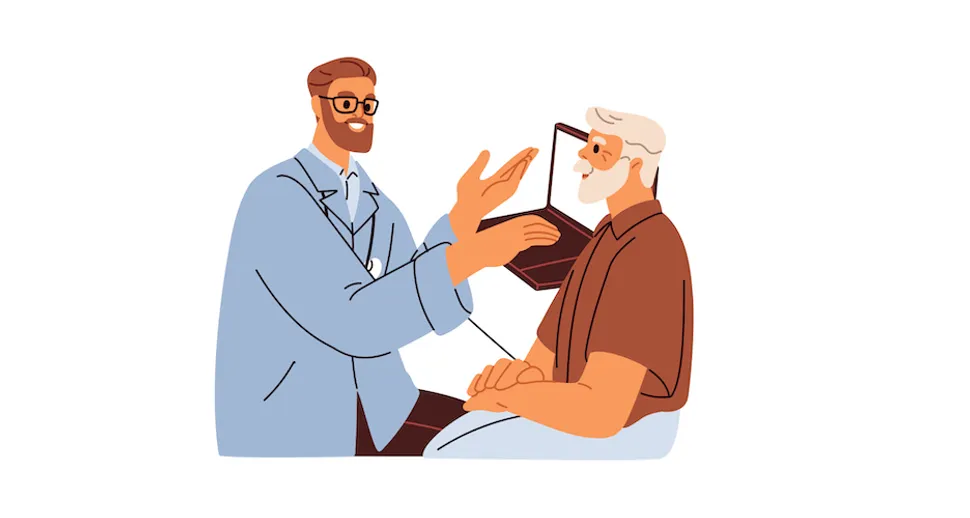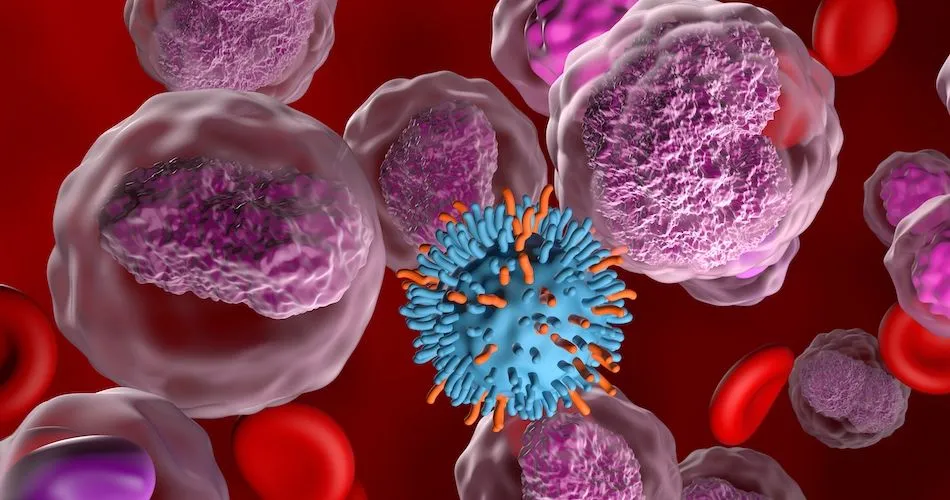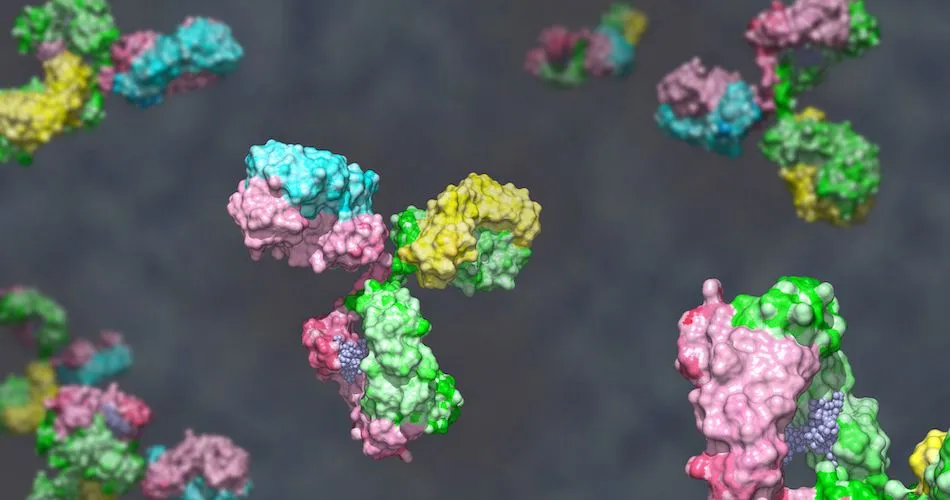EHA 2024: Can Patients Over 75 Be Treated with CAR T-cell Therapy?

DLBCL specialist Pierre Bories, M.D., PhD, from the University of Toulouse, France, shared research findings with HealthTree at the 2024 EHA conference about similarities and differences between older and younger DLBCL patients treated with CAR T-cell therapy.
Not many patients over 75 were included in CAR-T clinical trials. Now that these therapies have been approved, doctors want to make sure they can be safely administered to older patients. Watch his interview or read the summary below.
What is CAR T-cell Therapy?
CAR T-cell therapy enhances a patient’s T-cells to kill cancer cells effectively. Click here to read more about CAR T-cell therapy.
Diffuse large B-cell lymphoma (DLBCL) patients whose disease has returned or become intolerant to prior lines of therapy (relapsed/refractory) have several FDA-approved CD19 CAR T-cell therapies. These include axi-cel (Yescarta, Kite), liso-cel (Breyanzi, BMS), and tisa-cel (Kymriah, Novartis).
Dr. Bories and colleagues investigated whether age influenced treatment effectiveness and CAR-T side effects.
How Do Elderly DLBCL Patients Respond to CAR T-cell Therapy?
The researchers studied 125 DLBCL patients over the age of 75 and saw that one year after being treated with CAR T-cell therapy, they had similar responses as patients below the age of 75. Treatment effectiveness and side effects were very similar in both groups.
They did find, however, that elderly patients tended to have a higher risk of passing away from conditions unrelated to DLBCL following treatment, such as infections, compared to younger patients.
In conclusion, age does not seem to change the effectiveness of CAR T-cell therapy for DLBCL patients. However, patients over the age of 75 may need increased supportive measures to help mitigate infection risk following treatment to support their quality and length of life.
Join the HealthTree for DLBCL Newsletter to Learn More!
We invite you to click the button below to subscribe to our newsletter and stay updated on the latest advancements in diffuse large B-cell lymphoma.
JOIN THE HEALTHTREE FOR DLBCL NEWSLETTER
Sources:
DLBCL specialist Pierre Bories, M.D., PhD, from the University of Toulouse, France, shared research findings with HealthTree at the 2024 EHA conference about similarities and differences between older and younger DLBCL patients treated with CAR T-cell therapy.
Not many patients over 75 were included in CAR-T clinical trials. Now that these therapies have been approved, doctors want to make sure they can be safely administered to older patients. Watch his interview or read the summary below.
What is CAR T-cell Therapy?
CAR T-cell therapy enhances a patient’s T-cells to kill cancer cells effectively. Click here to read more about CAR T-cell therapy.
Diffuse large B-cell lymphoma (DLBCL) patients whose disease has returned or become intolerant to prior lines of therapy (relapsed/refractory) have several FDA-approved CD19 CAR T-cell therapies. These include axi-cel (Yescarta, Kite), liso-cel (Breyanzi, BMS), and tisa-cel (Kymriah, Novartis).
Dr. Bories and colleagues investigated whether age influenced treatment effectiveness and CAR-T side effects.
How Do Elderly DLBCL Patients Respond to CAR T-cell Therapy?
The researchers studied 125 DLBCL patients over the age of 75 and saw that one year after being treated with CAR T-cell therapy, they had similar responses as patients below the age of 75. Treatment effectiveness and side effects were very similar in both groups.
They did find, however, that elderly patients tended to have a higher risk of passing away from conditions unrelated to DLBCL following treatment, such as infections, compared to younger patients.
In conclusion, age does not seem to change the effectiveness of CAR T-cell therapy for DLBCL patients. However, patients over the age of 75 may need increased supportive measures to help mitigate infection risk following treatment to support their quality and length of life.
Join the HealthTree for DLBCL Newsletter to Learn More!
We invite you to click the button below to subscribe to our newsletter and stay updated on the latest advancements in diffuse large B-cell lymphoma.
JOIN THE HEALTHTREE FOR DLBCL NEWSLETTER
Sources:

about the author
Megan Heaps
Megan joined HealthTree in 2022. She enjoys helping patients and their care partners understand the various aspects of the cancer. This understanding enables them to better advocate for themselves and improve their treatment outcomes.
More on Conferences
Trending Articles
Get the Latest Large B Cell Lymphoma Updates, Delivered to You.
By subscribing to the HealthTree newsletter, you'll receive the latest research, treatment updates, and expert insights to help you navigate your health.
Together we care.
Together we cure.
3x Faster.









